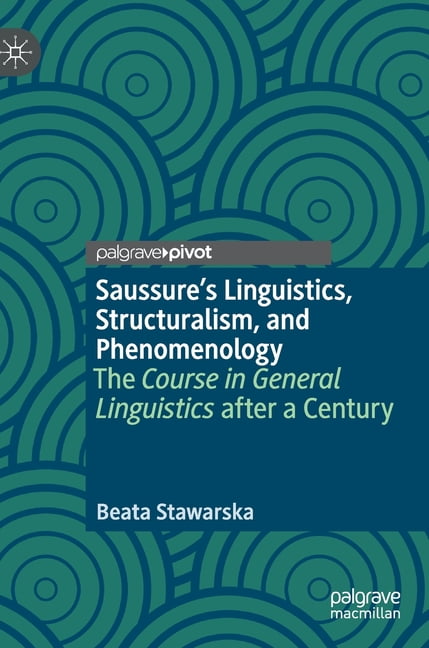



Linguistic states are systems of values comprising coexisting terms within a single point in time. He differentiates between two areas of study in linguistics: static or synchronic linguistics, which examines linguistic units that coexist in time, and evolutionary or diachronic linguistics, which examines the change in linguistic units over time. He also describes how language is variable, subject to inevitable and continual change. Saussure describes the invariability or stability of language because of the forces of tradition and the system's inherent resistance to change. They are separated into syllables, and Saussure asserts they should be investigated within their context in sequence according to the parameters of abduction (act of spreading apart vocal chords to bring in air to the lungs), adduction (act of closing vocal chords to produce sound), vocalic peak (vowel sound), and syllabic boundaries (beginning and end of a syllable).Ī sign, the basic unit of language, is a psychological entity where a signifier (sound pattern) and a signified (concept) are arbitrarily linked. Saussure describes the way that sounds in spoken sequences are identified and classified.

There are four types of speech sounds, and they are classified from 0 to 6, based on the degree to which the vocal chords are open. Saussure describes the classification according to how the sound is produced in the vocal apparatus. They are twofold: physical articulation and auditory impression. Physiological phonetics identifies and classifies speech sounds, of which there are a limited number. He proclaims that language is not a given, but rather a system that is produced by the "collective mind" of its users.Īppendix to the Introduction: Principles of Physiological Phonetics He closes with a discussion of the inconsistency in writing systems and how they confuse our understanding of what language is. He carefully excludes related disciplines from "internal linguistics," because they alter the linguistic system. He defines the signs that constitute language as psychological entities that unify a sound pattern with a concept and asserts that writing is a symbolic representation of those signs. Saussure proposes linguistics as a sub branch of semiology, the study of signs. Saussure makes a distinction between language, the structured system, and speech, which is ephemeral, various, and of secondary importance. He sets out clear goals for a new phase in linguistics that will study language structure. Saussure paints the history of linguistics in three stages, critiquing scholars and phases of linguistic study to date. This was done to preserve a record of the system of thought he presented in lectures and spent his career developing. Colleagues and students of Ferdinand de Saussure (1857–1913) reconstructed the text from student lecture notes after his death.


 0 kommentar(er)
0 kommentar(er)
